Introduction
Gas prices in Arkansas are subject to various factors that influence the economic dynamics of the state. These factors include market supply and demand, geopolitical developments, and regional production capacities. Understanding these elements is crucial for both consumers and businesses, as driving habits, vehicle maintenance, and government policies all play a significant role in fuel economy and cost savings.
By analyzing the comparison of gas prices in Arkansas with national averages, we can gain insights into the state's relative economic position and forecast future trends. Additionally, seasonal variations in gas prices, influenced by factors such as crude oil prices and demand fluctuations, provide valuable insights for scenario planning and market adaptation. Looking ahead, predicting the trajectory of gasoline prices in Arkansas involves analyzing elements like anticipated growth in natural gas demand, advancements in technology and policy, and the transition towards renewable energy.
Regional variations within Arkansas also impact gas prices, influenced by factors such as proximity to oil refineries, transportation efficiency, and localized economic conditions. Finally, gas prices in Arkansas, like in other states, are affected by a complex interplay of local, national, and international factors, including geopolitical tensions and OPEC decisions. Understanding these multifaceted dynamics is essential for comprehending the daily cost of gas in Arkansas and the broader fuel pricing landscape.
Current Gas Prices in Arkansas: An Overview
The scenery of gas costs is constantly evolving and carries substantial significance for the economic dynamics in Arkansas. Current trends in gas prices are shaped by a multitude of factors, including market supply and demand, geopolitical developments, and regional production capacities. These elements collectively affect the price of gasoline at the pump, impacting both consumers and businesses. For example, driving habits can significantly impact efficiency, with aggressive acceleration or braking on highways potentially reducing gas mileage by up to 25%, as mentioned by the U.S. Department of Energy. Moreover, each increment of five miles per hour driven over 50 mph equates to an additional $0.20 spent on gas. Maintaining the vehicle also has a crucial impact on gas mileage; routine maintenance guarantees maximum effectiveness, which can reduce the increasing expenses of owning a car due to rising fuel costs. Thorough vehicle maintenance, such as timely oil changes and addressing engine warnings, contributes to enhanced fuel management and cost savings. While analyzing the ongoing conversation regarding the cost of gas, it is important to take into account these factors and how they interact in order to fully understand the present and future situation of energy expenses in Arkansas.
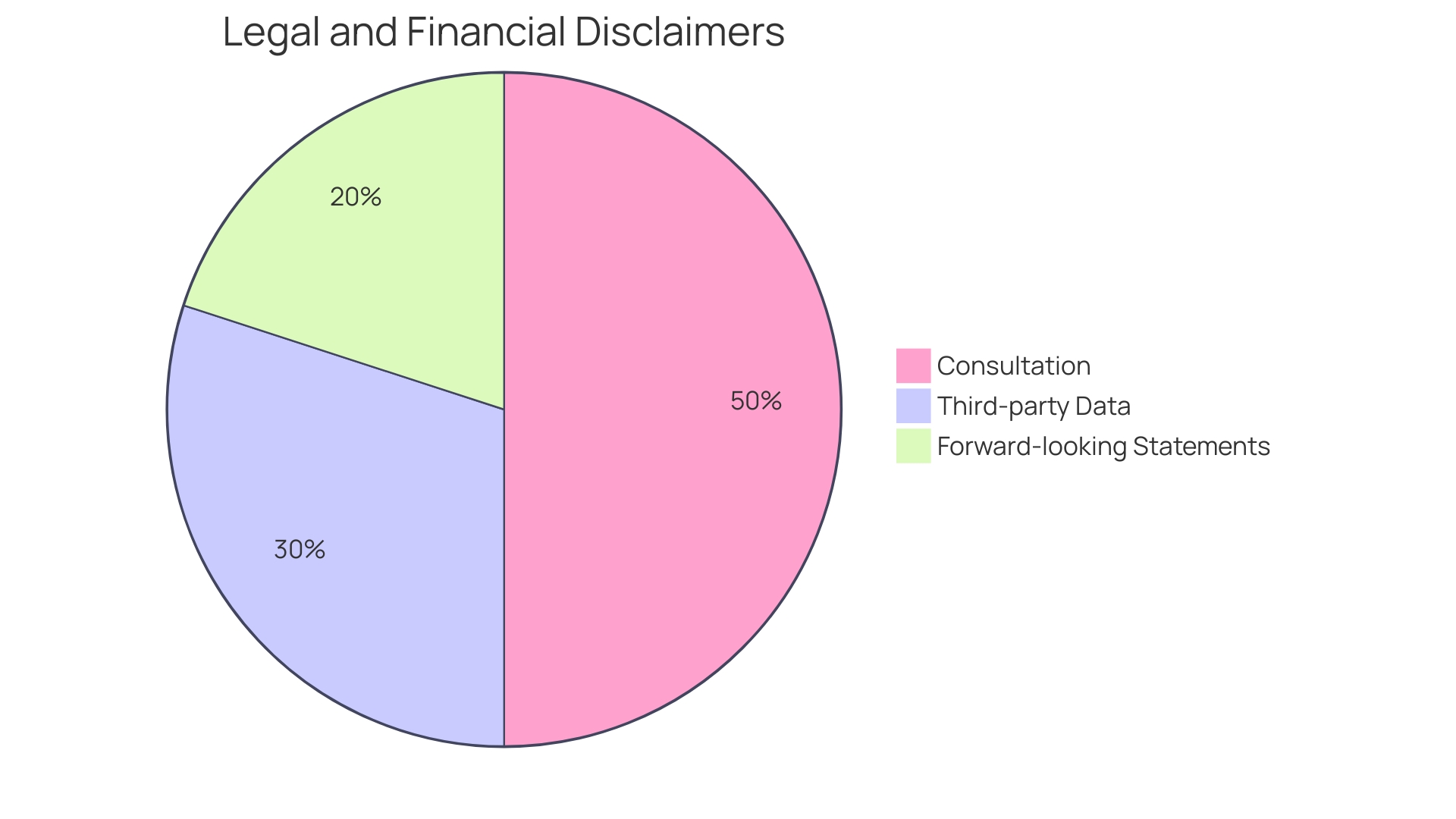
Comparison of Arkansas Gas Prices with National Averages
Examining the comparison of Arkansas's gas costs in relation to the national scenery provides a distinct perspective into the state's relative economic position. Market dynamics are subject to a variety of influences, making such comparisons more than just a cursory glance at numbers; they reflect the intricacies of regional demand, taxation policies, and distribution logistics. As we analyze these figures, we delve into a nuanced understanding of Arkansas's energy costs, exploring how they compare to the national average and what this signifies for the state's consumers and businesses alike. This analysis not only highlights the current state of affairs but also sets the stage for forecasting future trends in the energy sector.
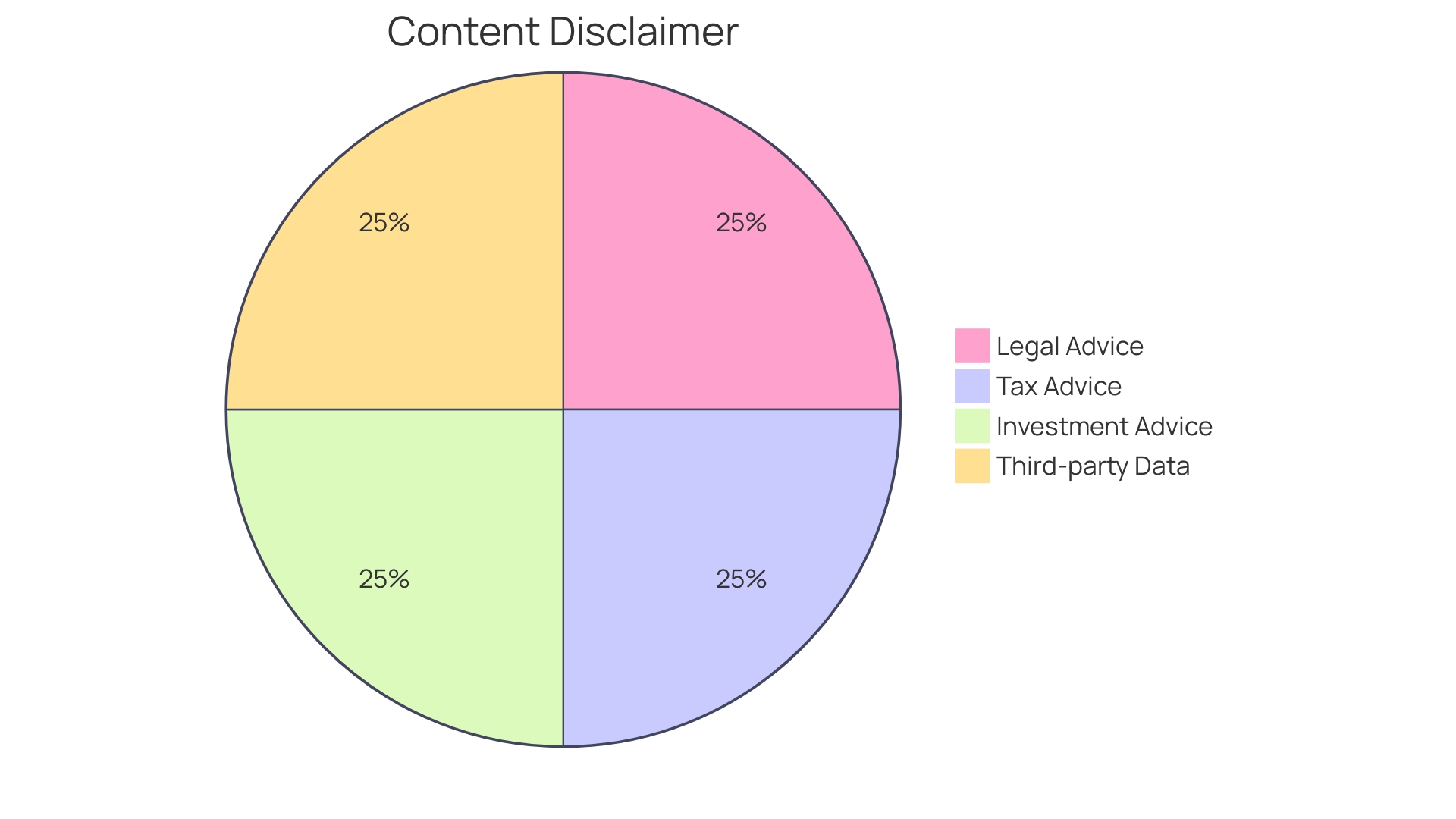
Factors Influencing Gas Prices in Arkansas
Fuel costs are impacted by a multitude of interconnected elements, each contributing significantly to the fluctuation of gas expenses. Understanding these factors gives a clearer view of gas cost trends in Arkansas. The complexities of global events, like geopolitical tensions and their effects on oil shipping routes, can result in fluctuations in cost. Market dynamics, including the supply and demand balance, are affected by both regional consumption patterns and broader economic indicators. Government policies, such as alterations in taxes or environmental regulations, can also influence gas costs. Moreover, the efficiency of the local supply chain, refinery output, and distribution costs have a crucial impact on determining the ultimate cost at the pump. As recently mentioned by industry analysts, the state's gas prices have experienced fluctuations due to such complexities, with recent global events and Federal Reserve comments influencing sentiments in the industry. For example, GasBuddy reported a nationwide average rise of 2.9 cents per gallon in the previous week, which is indicative of broader trends that undeniably impact Arkansas. These components, combined with expert projections on OPEC decisions and other energy market developments, shape the dynamic pricing landscape that consumers and industry stakeholders navigate.
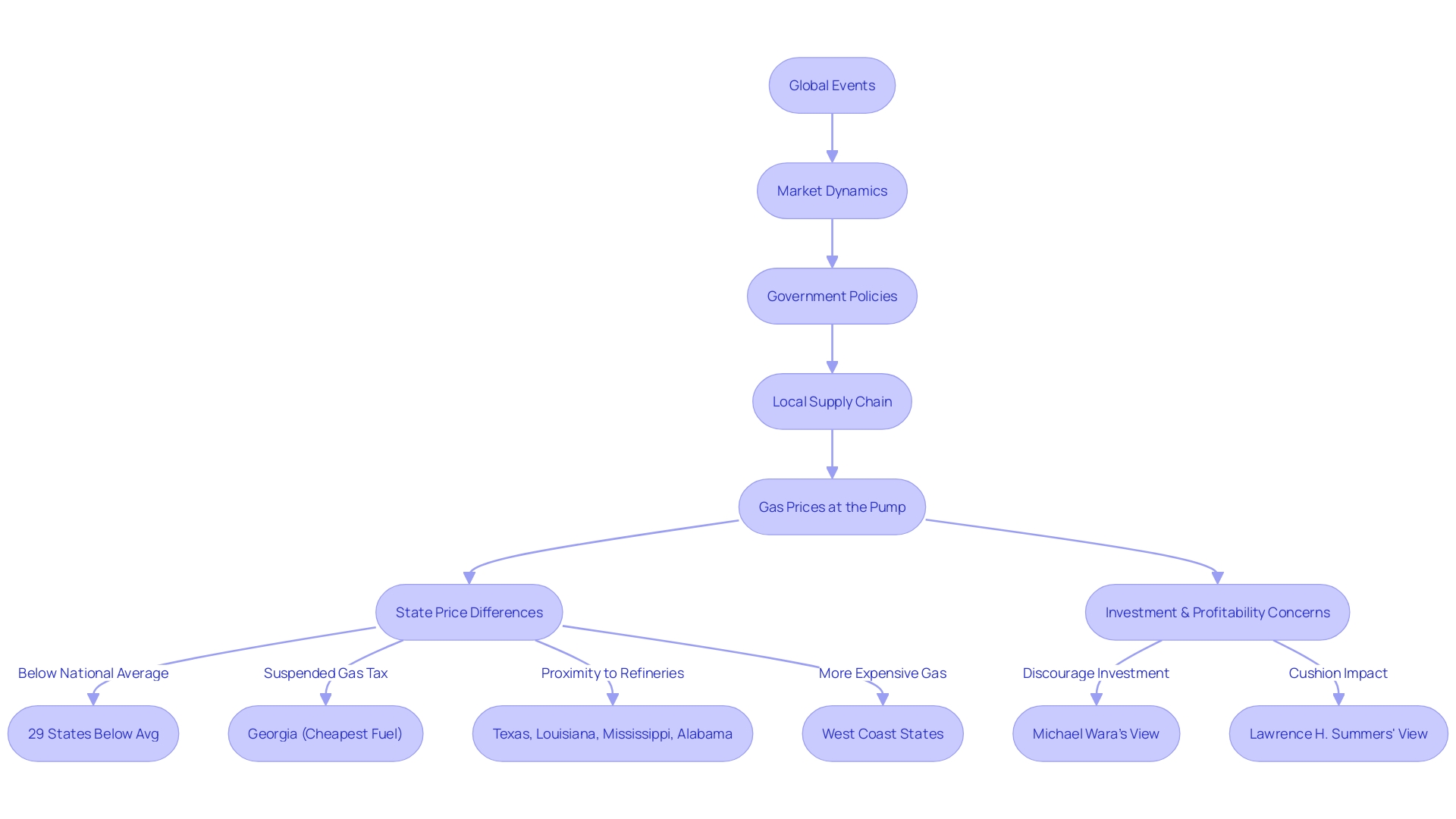
Seasonal Variations in Arkansas Gas Prices
Fuel costs in Arkansas undergo seasonal fluctuations, influenced by several factors that impact the cost of fuel throughout the year. It's crucial to dissect these seasonal trends to understand their implications for both consumers and businesses. The main factor influencing fluctuations in gas costs is the cost of crude oil itself. However, seasonal adjustments—such as the transition to winter blends of gasoline that reduce emissions during colder months—also play a significant role. Moreover, fluctuations in demand, driven by travel patterns during holidays or changes in driving habits due to weather conditions, can cause prices at the pump to swing. For example, the analyses of the Federal Energy Regulatory Commission, including the Winter Energy Market Assessment, illuminate how winter heating demands can impact natural gas markets, which are interconnected with gasoline production. Furthermore, consumer behavior, such as steady driving and regular vehicle maintenance, can influence individual fuel economy and, by extension, overall demand. These insights into sensitivities of the industry are crucial for scenario planning, enabling businesses to foresee and adjust to shifts in the market. As we approach election years, discussions often arise concerning the political influences on gas costs, but it's the underlying forces of the economy, primarily oil prices and seasonal factors, that are the predominant drivers. Observing these trends is not just about forecasting precise costs but also comprehending the wider dynamics at play.

Arkansas Gas Price Outlook: Future Trends and Predictions
Predicting the path of gasoline costs in Arkansas necessitates a detailed examination of different factors that affect the energy economy. A key factor is the anticipated growth in natural gas demand, which is projected to rise by over 20% by 2028, fueled by burgeoning liquefied natural gas exports, exports to Mexico, and increased usage for power generation. This increase in demand places the interconnected assets in the region in a favorable position to effectively cater to export markets, supported by significant natural gas storage capabilities.
Current market stability, partly due to high inventory levels in the US and European markets, has tempered market volatility, which historically impacts gas prices. Meanwhile, advancements in technology and shifts in policy are reshaping the energy landscape. The recent energy crisis and geopolitical events, such as the conflict in Ukraine, have emphasized the importance of energy security, affordability, and competitiveness. These factors, combined with sustainability efforts, are guiding the energy transition.
This transition is underscored by the world's gradual but determined stride towards a net-zero future. As the prospects of maintaining global warming below 1.5°C become increasingly demanding, the growth in electric vehicle sales and renewable energy, especially solar and wind, is encouraging. By 2040, these renewables are expected to form the largest segment of the global energy mix, which could significantly influence fossil energy dynamics, including gasoline pricing.
On a practical level, drivers can affect their personal energy costs through efficient driving and vehicle maintenance. Avoiding aggressive driving behaviors can enhance fuel efficiency by up to 25% on highways, and routine car care can further optimize fuel economy. These individual actions, along with informed choices such as selecting cost-effective auto insurance, contribute to overall cost savings and reflect the broader economic factors at play in the gasoline industry.
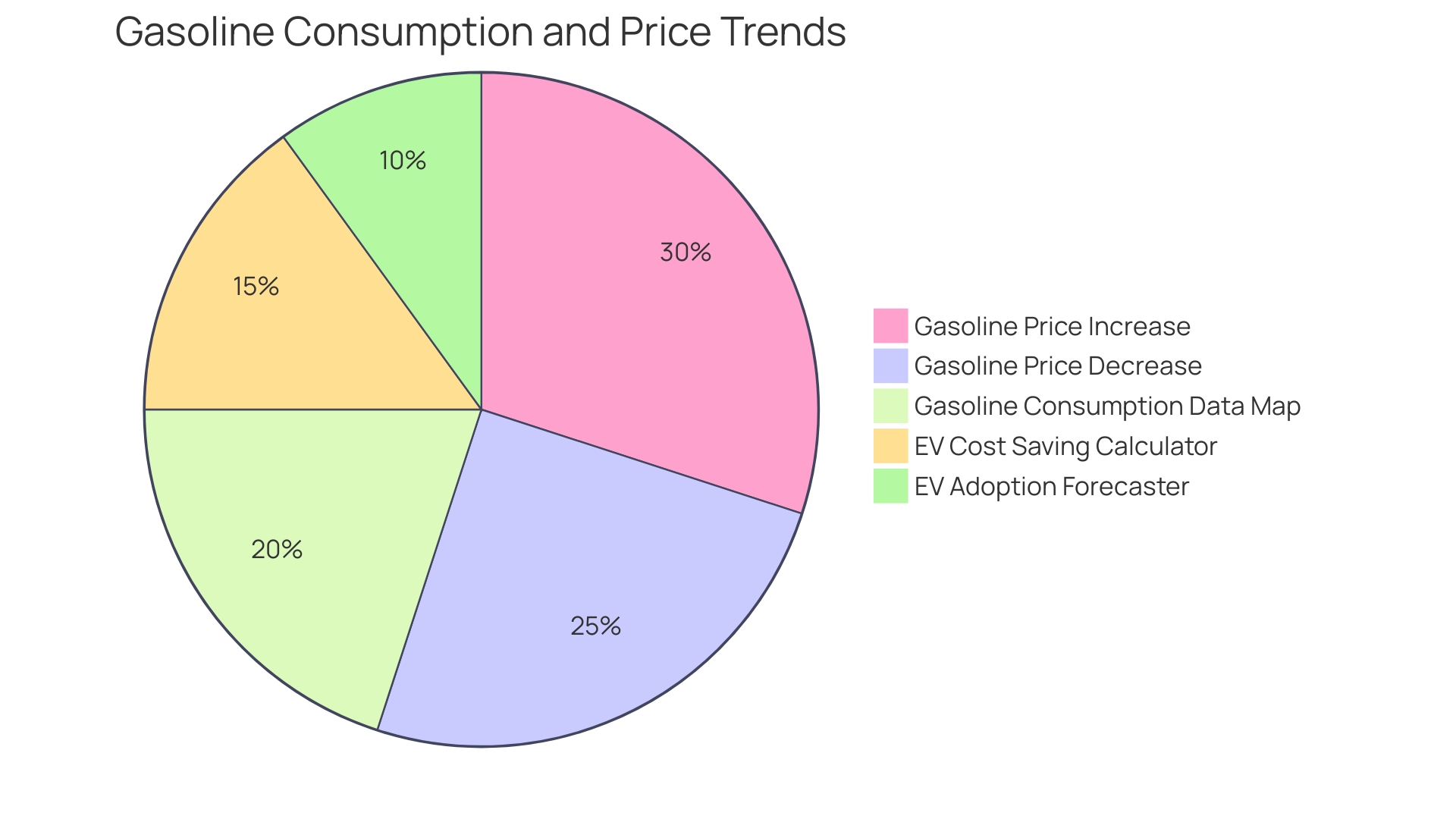
Regional Variations in Arkansas Gas Prices
Variations in gas costs within Arkansas are influenced by a multitude of factors that affect supply and demand on a regional level. Factors such as the closeness to oil refineries, the efficiency of transportation networks, and unique market forces shape the fuel costs in various areas. A closer analysis of the major cities and regions within the state reveals a pattern of these variables at play. For example, regions with improved access to refinery centers generally experience reduced costs as a result of decreased transportation expenses and more up-to-date supply chains. Conversely, areas with underdeveloped infrastructure or those that are farther from supply points may encounter elevated costs. Furthermore, localized economic conditions, such as the level of competition among gas stations, can also result in variances in cost. Observing the recent national trends, where the average gasoline cost has slightly increased but is expected to stabilize, regional disparities within Arkansas may also mirror these broader market shifts. Insights from industry professionals highlight the possible influence of worldwide occurrences, such as political conflicts and OPEC resolutions, on domestic fuel costs, implying that these factors could result in an independent rise in gas prices regardless of crude oil trends. These insights provide a technical analysis of the complex interplay between regional characteristics and wider economic influences that shape gas cost variations within Arkansas.
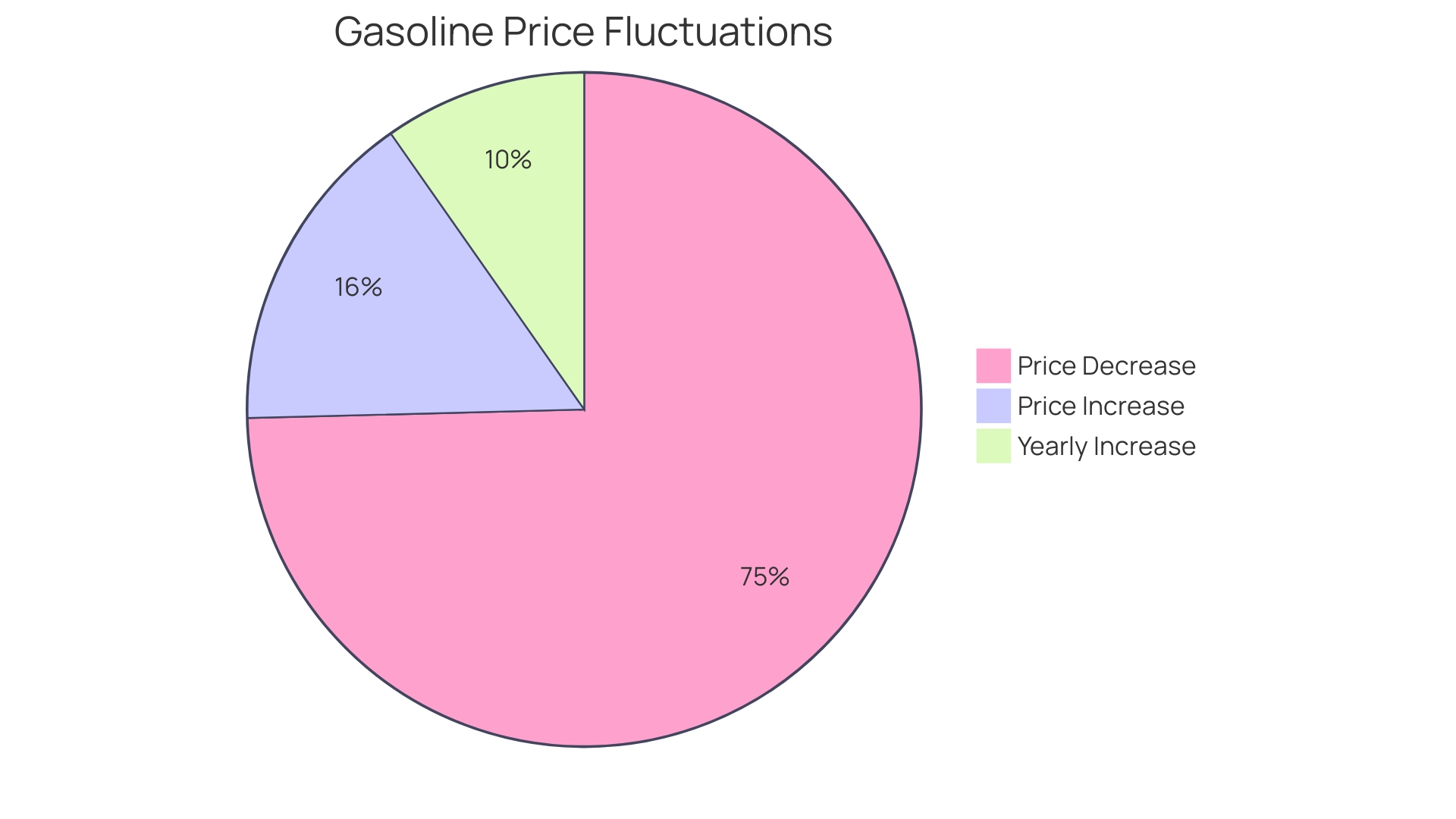
Impact of Global and National Factors on Arkansas Gas Prices
Arkansas gas costs, similar to those in many other states, are influenced by a complex interplay of local, national, and international factors. The shift towards natural gas as a key component in the global energy mix underlines its increasing importance as one of the cleanest burning fossil fuels. Its role in electricity generation and as a heating source, due to its cost-efficiency and lower carbon emissions, is particularly noteworthy. Nevertheless, the volatility of gas prices can frequently be attributed to broader dynamics such as geopolitical tensions, OPEC's production decisions, and disruptions in oil supply and demand. For example, the recent reduction in production by OPEC has been accompanied by an increase in gas costs. Moreover, domestic driving habits and vehicle maintenance practices can significantly affect fuel economy, impacting individual fuel expenditures. Nationally, the average cost of gasoline has undergone changes, with recent rises being linked to different geopolitical events and the expectation of adjustments in interest rates. Keeping a close eye on international developments, such as Middle East tensions and OPEC meetings, is critical as they hold the potential to alter gas prices independently of crude oil trends. These factors combine to shape the daily cost of gas in Arkansas, underscoring the importance of understanding the multifaceted nature of fuel pricing.

Conclusion
In conclusion, gas prices in Arkansas are influenced by factors such as market supply and demand, geopolitical developments, and regional production capacities. Analyzing the comparison of gas prices in Arkansas with national averages provides insights into the state's economic position and helps forecast future trends. Fluctuations in gas prices are influenced by global events and market sentiments, emphasizing the complex dynamics at play.
Seasonal variations in gas prices are driven by factors like crude oil prices, seasonal adjustments, and fluctuations in demand. Forecasting gas prices involves analyzing anticipated growth in natural gas demand, advancements in technology and policy, and the transition towards renewable energy. Regional variations in gas prices within Arkansas are influenced by factors like proximity to oil refineries, transportation efficiency, and localized economic conditions.
Understanding these factors is crucial for individuals and businesses to make informed decisions and adapt to the fuel pricing landscape. By staying informed about market dynamics, consumers and industry stakeholders can optimize fuel management and cost savings.
Stay informed and optimize your fuel management and cost savings with our expert guidance.




